Athènes: 14 must-see attractions
Tourist attractions
Places to visit in Athens
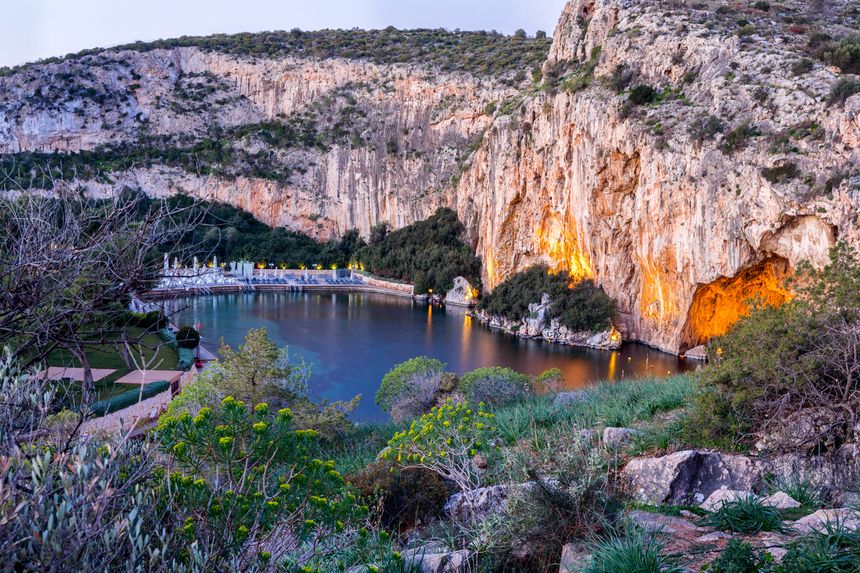
Lake Vouliagmeni
South of Athens, Lake Vouliagmeni is a natural jewel nestled at the foot of cliffs, not far from the sea. The water maintains a constant temperature of 71°F, ideal for swimming, and are said to have healing properties due to the high content of potassium, sodium, and calcium. Dive in! Some areas of the lake are private and have beaches equipped with deckchairs, umbrellas, and shower stalls.
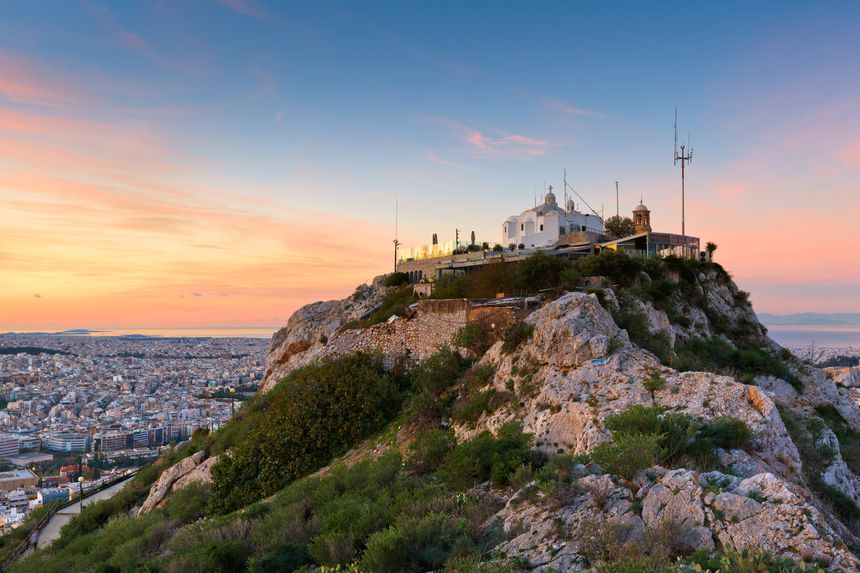
Mount Lycabettus
After a full day, gather your strength to climb Mount Lycabettus, a perfect point of view across the white walls of the town and in the ideal place to watch the sunset. Once night has fallen, take the funicular back down to the buzzing neighbourhoods of Psirri or Ghazi, to experience the Athenian nightlife.
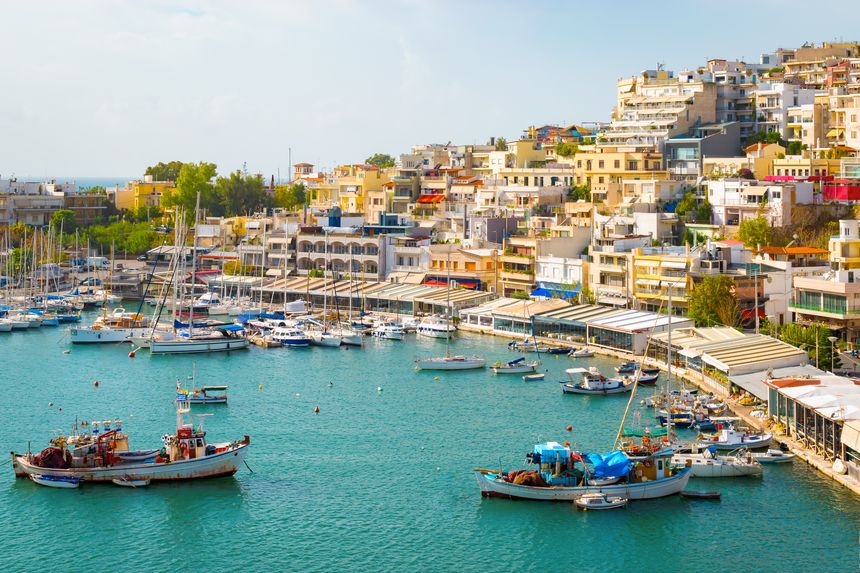
Piraeus
The most important port in the country and one of the largest in Europe. Piraeus is embedded in the maritime and economic history of Athens. Today, ships weigh anchor for onshore excursions and ferries carry passengers to the Greek Islands. But Piraeus is also a tourist venue in its own right. The port is lined with restaurants and tavernas, where you can sample freshly caught seafood, and where you can stroll along the marina and admire the luxury yachts.

Central market
The ideal place to discover Greek cuisine is a welcoming environment emanating the scents and sensations of the Mediterranean. Fish and shellfish, olive oil, fruits of every colour - everything will tempt you. Stop at the market for a while and satisfy all your senses.
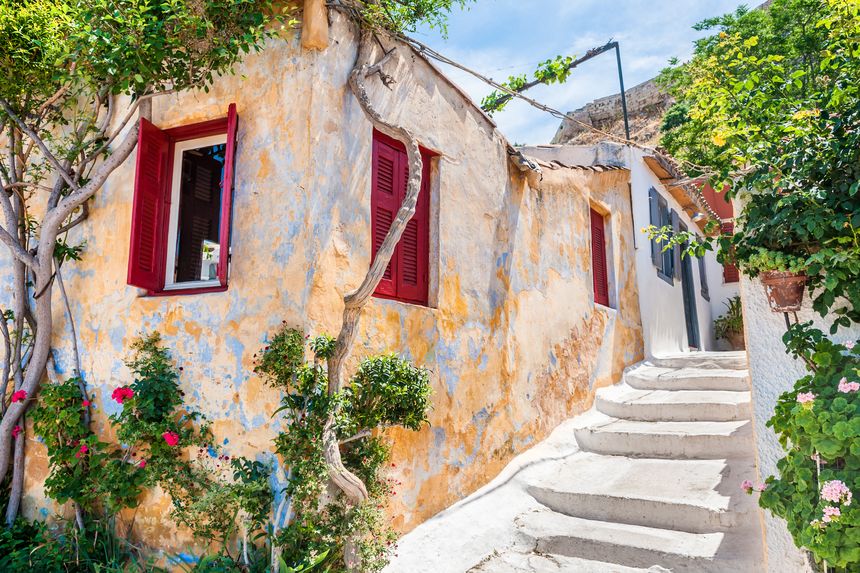
Plaka District
This is the most touristic area of Athens. Not particularly attractive during the high season, as tourists crowds converge on the numerous gift shops which line the streets and where “I LOVE GREECE” is plastered everywhere. But there are plenty of good places to find Greek specialities.
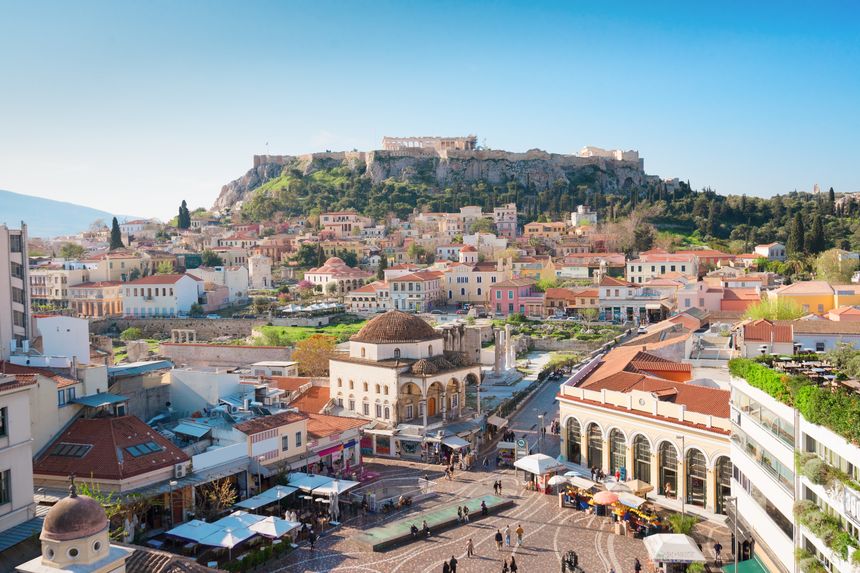
Monastiraki district
Less touristic than Plaka, Monastiraki is the place to discover the Athenian way of life and culture. Completely pedestrianised, visiting the area is very pleasant. Stroll through the charming streets before sitting at a table on a restaurant terrace. The area is best known for its flea market. It’s a popular area, enjoyed by the locals and always buzzing.
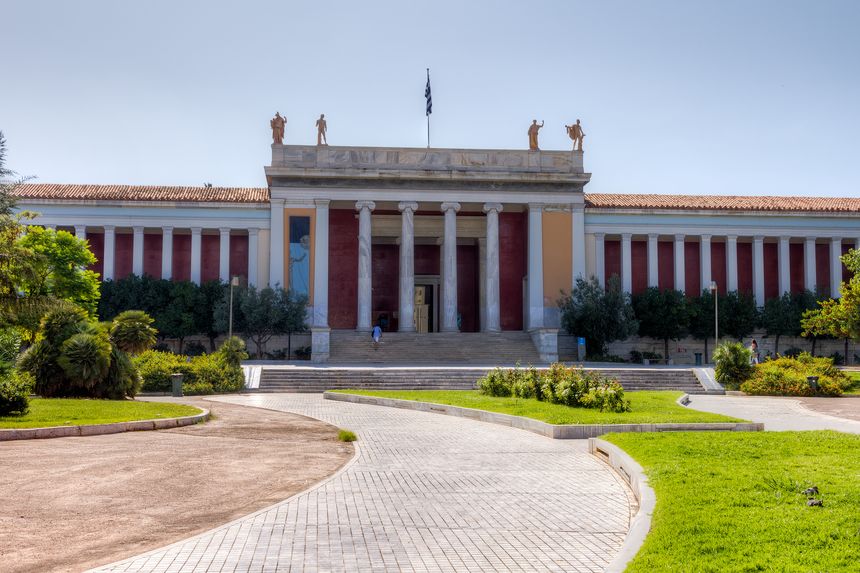
The National Archaeological Museum
Comparable to the British Museum or the Louvre, the National Archaeological Museum in Athens is one of the most important museums dedicated to the world of antiquity. Inside is a huge collection of close to 12,000 objects - ceramics, statues, pottery, sculptures, bronze work… These masterpieces recount the great periods of ancient Greek civilisation from the Neolithic to the Roman. Some of the rooms are devoted to ancient Egypt. Among the essential objects to see are the gold mask of Agamemnon, the Akrotiri frescoes, the jockey of Artemision and the statues of young men known as ‘kouroi’.
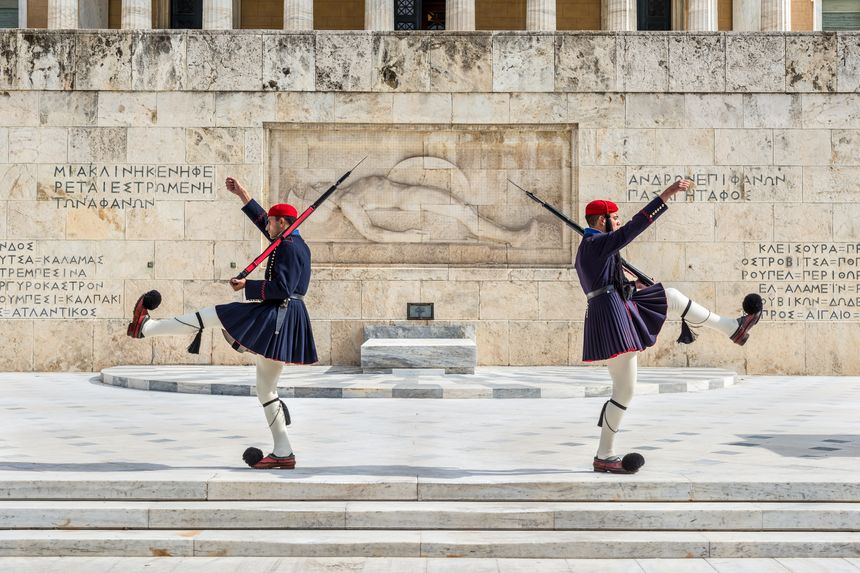
Syntagma Square
In the very centre of Athens and not too far from the Acropolis, Syntagma Square is a lively place frequented by locals and tourists who meet there to sit and talk or shop. At the heart of political life (Syntagma means constitution), the square is the site of the former royal palace which became the Greek parliament in 1935. The seat of power, it is here that political rallies and demonstrations take place. Linger there to see soldiers dressed in traditional uniform perform the minutely choreographed changing of the guard every hour.
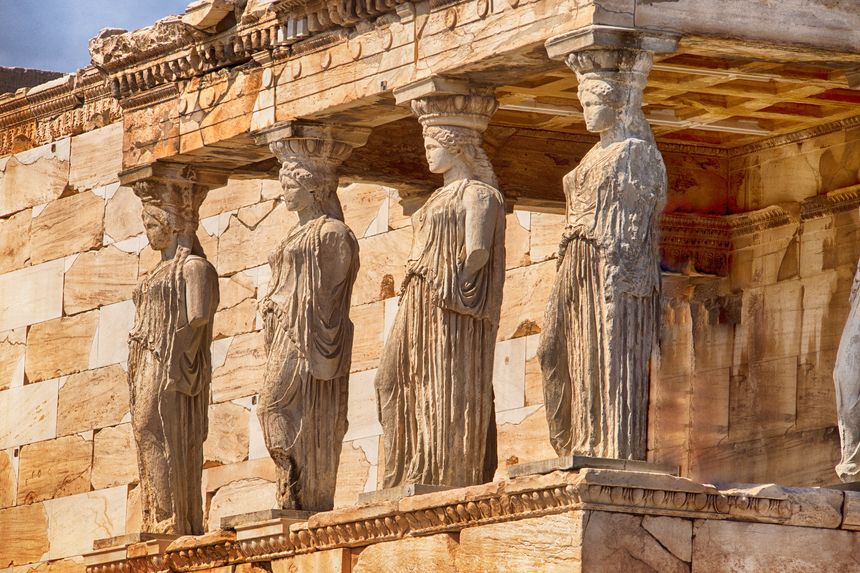
The Erechtheion
Along with the Parthenon, the Erectheion is one of the most important sites of the Acropolis and sacred space for Athenians. Dedicated to Athena and Poseidon, this well-conserved temple is known for its six caryatids - statues of women serving as the temple’s supporting columns.
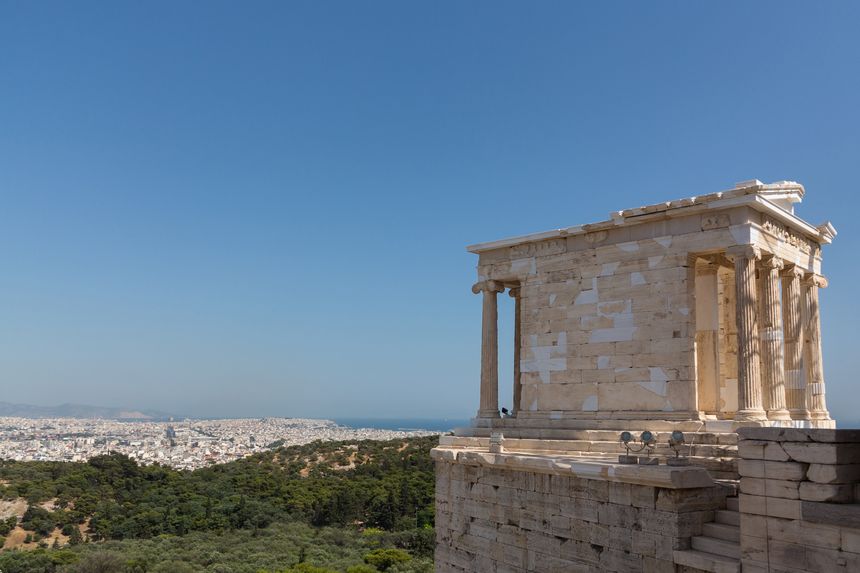
The Temple of Athena Nike
Nike means victory in Greek, and this small temple perched on a promontory facing the sea pays tribute to the goddess Athena. Built entirely of marble in the ionic style during the 5th century BC, the temple has been destroyed and rebuilt many times in its history. According to legend, it is from here that Aegus scanned the sea for the return of his son, Theseus. On his return, Theseus mistakenly raised a black sail announcing his death, rather than a white sail announcing his safe return. Believing his son to be dead, Aegeus drowned himself in the sea which now carries his name.
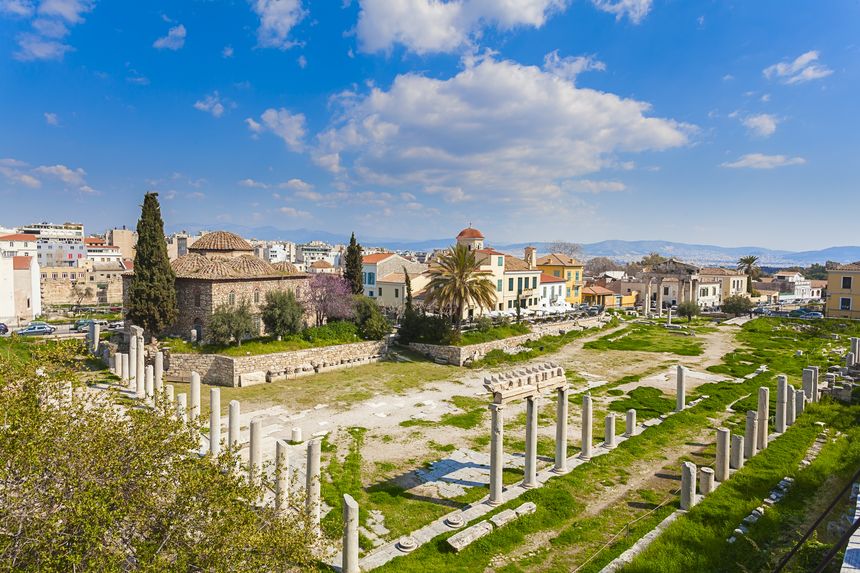
The Agora
This large wasteland of the Acropolis was the centre of social and intellectual life in the Athens of ancient Greece. Here people would vote for laws during grand assemblies, or simply discuss political subjects and news. The public and administrative institutions of the city were found here.
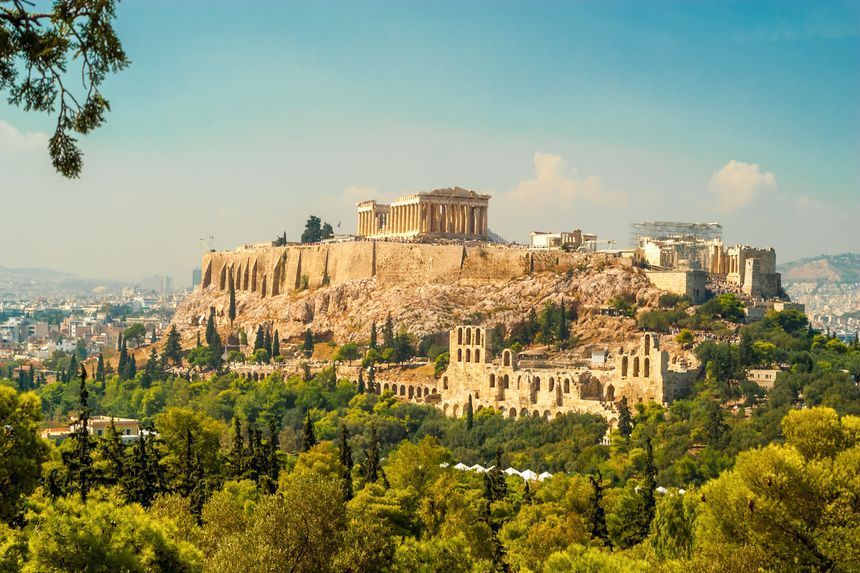
The Acropolis
Of course, it is impossible to talk about Athens without mentioning the Acropolis (meaning ‘high town’ in ancient Greek), on its rocky plateau one hundred metres above the city. Formerly a citadel to protect the city, today the sacred hill is home to one of the most visited archaeological complexes on the planet (it is a UNESCO world heritage site). Several major sites are dedicated to the goddess Athena such as the Parthenon and the temple of Athena Nike and the Erectheion which Athena shares with Poseidon. There are many other monuments such as the columns situated at the entrance to the Acropolis (the Propylaea), the Agora, the Odeon of Herodus Atticus and the theatre of Dionysus. A vast collection which launches us into the ancient past.
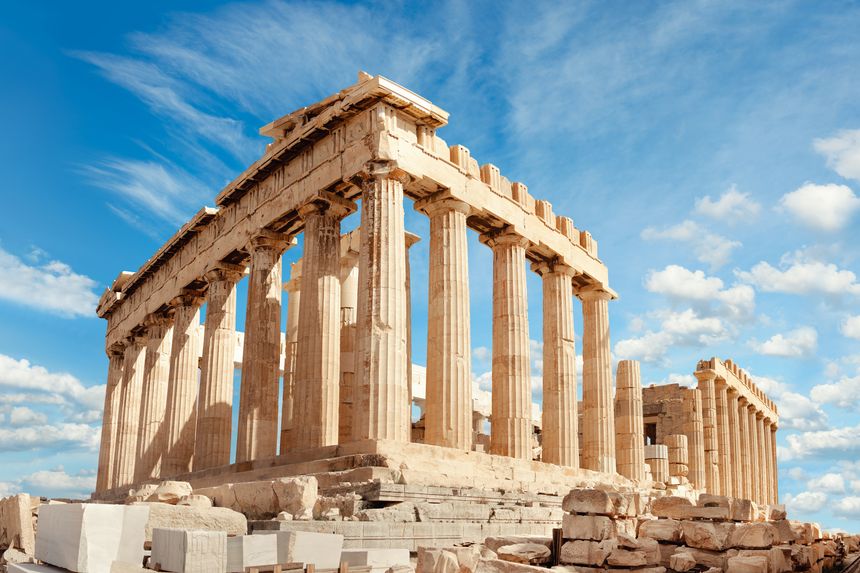
The Parthenon
The imposing silhouette of the Parthenon dominates the Acropolis and has been a landmark for Athenians since the dawn of time. Built in honour of Athena in the 5th century BC, the temple once contained a statue of the Greek goddess which was sadly destroyed during the siege of Constantinople. If the Parthenon has today lost some of its beauty, it remains symbolic of Athen’s power during its golden age. Constructed entirely of marble, its colossal dimensions will leave you speechless - the tall Doric columns are a true architectural feat. Another marvel of the Parthenon is the 160-metre frieze which circles the temple. Today, fragments of the frieze are preserved in the Acropolis museum, the Louvre in Paris and the British Museum. The Parthenon is one of the seven wonders of the ancient world.
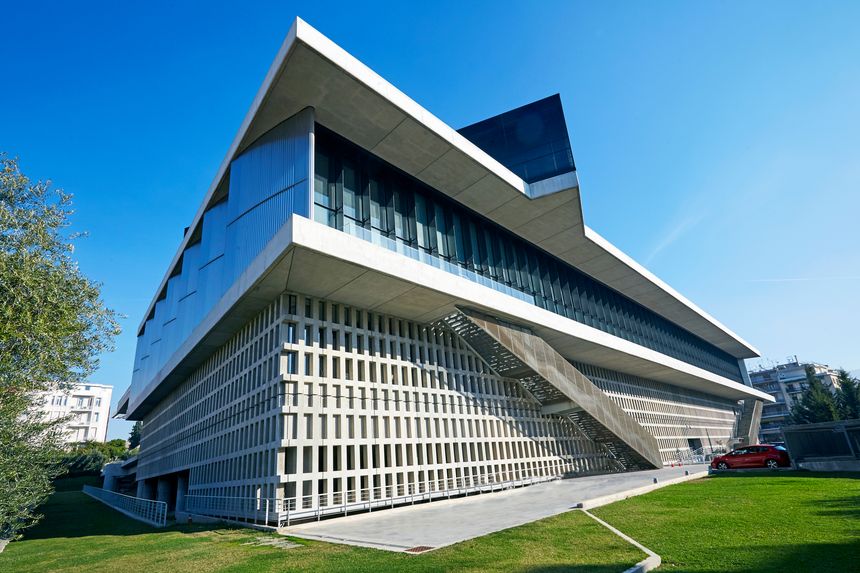
The Acropolis Museum
After several years of restoration work, this wonderful modern museum of architecture has reopened to display archaeological remains excavated from the Acropolis. There are over 400 exceptional objects including the caryatids - statues of women which supported the columns of the temple of Erectheion. These are the originals, those at the Acropolis being reproductions. On the top floor is an immense 300 m² room which is dedicated exclusively to the Parthenon, and includes a section of the famous Parthneneaic frieze. The multimedia centre shows documentaries about the construction of the temple, showing the dimensions and construction techniques which still mystify historians. The museum is an inseparable extension of a visit to the Acropolis.
You may also like
-
Flights to Greece
All you need to know before buying your plane ticket
-
Tourist maps
Must-see and secret places chosen by our experts from Greece.
-
Hotel or vacation rental?
Find your dream accommodation in Greece at the best price...
-
When to go?
Be sure to visit Greece at the best time of year!
and why not...
 Crete
Crete




